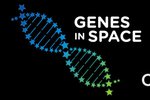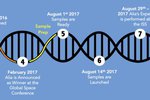Millbury High School Students Learn About Macromolecules with Lab in a Box
Guest post by MaryAnn DeMaria, Millbury High School
MaryAnn DeMaria is a teacher at Millbury High School in Massachusetts. She received the third ever miniPCRTM Lab in a Box loan through Genes in Space. Here she shares how she used this resource in the classroom.
My biology students have historically struggled with the unit I teach on macromolecules. It is not very exciting to memorize the four classes of organic macromolecules and the monomers that make up each polymer. My students are also 9th graders, which means they have not yet had chemistry. This makes it more difficult for them to understand large organic molecules and the chemical laws that govern their structure and function.
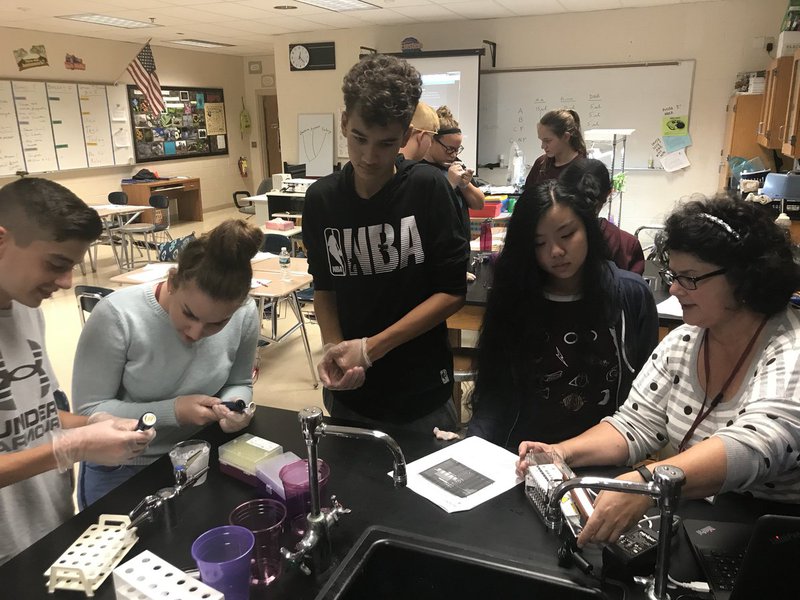
This year, after hearing about the "Genes in Space" program at a pre-AP biology workshop, I decided to try to "sneak" in the concept of monomers, polymers and macromolecules by having my students perform the "Genes in Space" lab. My logic was that this lab used both DNA and proteins so it would allow me to introduce students to two of the four classes of macromolecule.
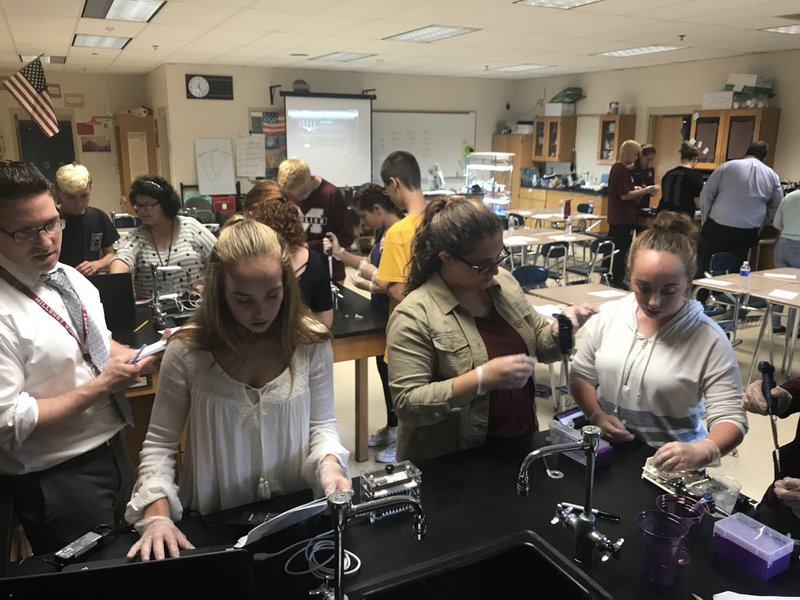
The "Genes in Space" lab uses PCR and gel electrophoresis to solve the mystery of contaminated food on board the ISS. Students in my class and Mr. Sullivan's class used various biotechnology tools and techniques in this lab, the same techniques used on the ISS. The name "PCR" gave us the perfect introduction to large molecules. Students needed to learn what the enzyme polymerase was doing in the tiny PCR test tubes, so we began by asking students if they knew what a polymer was. This one word, polymerase, set the stage for our upcoming macromolecules unit. Even though learning that DNA and protein (restriction enzymes) are polymers that are made up of monomers was not a main objective of this lab, every one of our students now knows that DNA and protein are polymers. They also learned the atoms that make up each of these large molecules, and the name of the monomer for both DNA and protein. I know they know this because we gave them a quiz at the end of this lab!
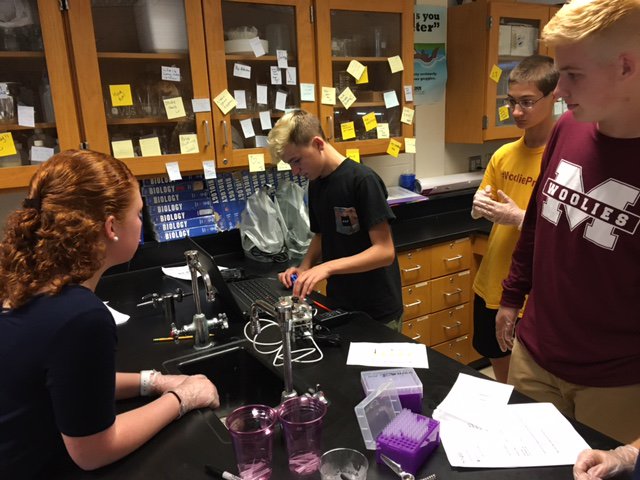
In addition to having an awesome story line, one of the reasons why this lab was so successful was because we gave our students time to practice using the pipettes and loading practice gels before they performed the actual lab. Students require a minimum level of manual dexterity to perform this lab and giving them time to practice made the difference between success and failure. We also took the time to have students perform a paper restriction enzyme lab which required them to literally cut DNA and draw the DNA fragments on a paper gel. These activities helped them to "see" what was going on at the molecular level.
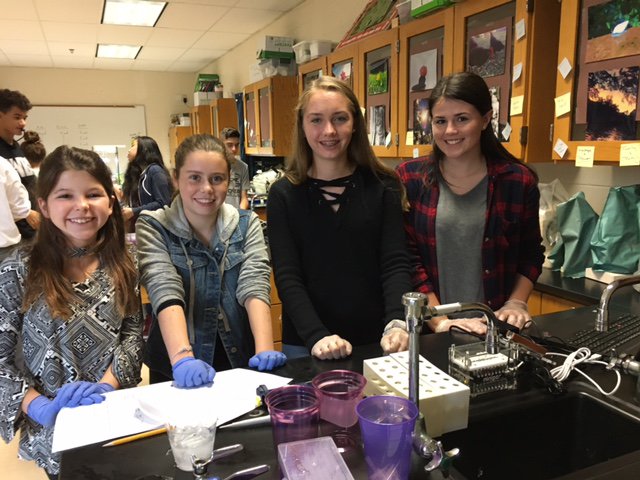
I highly recommend using the "Genes in Space" lab with your biology students even if you do not want to "sneak" in the concept of macromolecules! The students loved it and it was very easy to use. Both the teacher lab guide and the student lab guide were clear and easy to follow and the "Lab in a Box" kit arrived on time with all of the required components.

